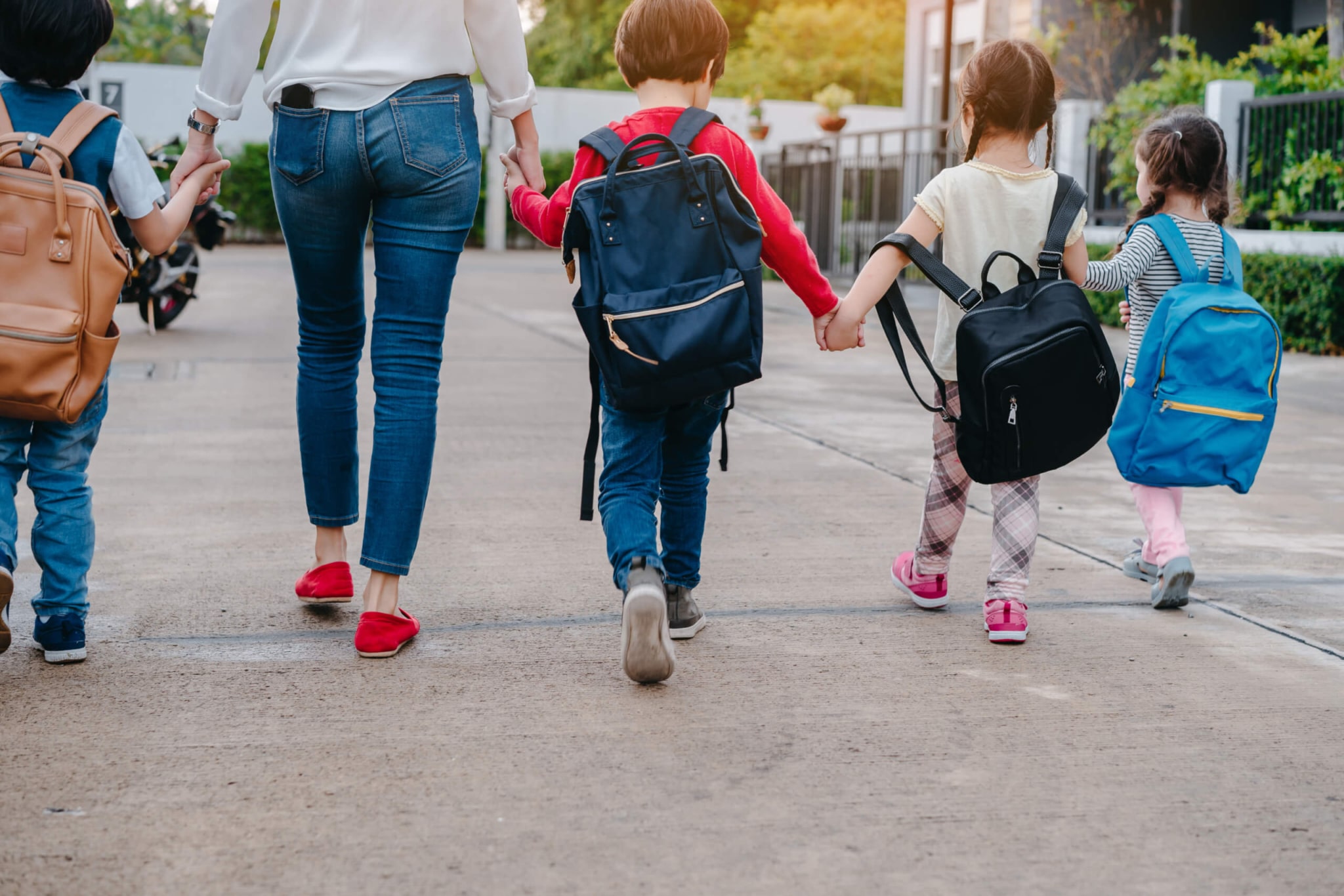COVID-19 has changed the way people are interacting with the world around them, as well as how they’re engaging with their favorite brands. More consumers than ever before are turning to digital channels for items ranging from the “essentials” (food and grocery services) to the more “non-essentials” (slippers and home decor). This new reality of retail appears to be here to stay, at least for the foreseeable future.
As summer closes out and the holidays are closing in, what will retail demand look like and how will merchants take advantage of the demand?
Prepare for a New Retail Peak
More people than ever before are buying online rather than offline due to COVID-19. Even with some physical stores reopening, shoppers are enjoying the comforts and safety of shopping from home, and turning more frequently to their favorite brand’s online channels.
In regards to back to school shopping, there are still some unknowns amid the current COVID-19 conditions:
Education Uncertainties
- When / if schools will reopen?
- How will they reopen? Will they be part-time in-person and/or part-time remote studying?
- What are the back to school purchase lists?
Financial Uncertainties
- As COVID-19 persists, economic uncertainty has impacted how much individuals are spending. How is this impacting the back to school shopping season?
Back to School Shopping Impacts
With many aspects of the coming months remaining unclear, we looked* at how shopping behaviors have changed year over year between 2020 and 2019, during what is typically the back to school shopping season in the US.
- There was a 32% increase in back to school items or multipurpose items between 2019 and 2020 (in online only and not including computers). There was an overall 27% increase in purchases.
- There was a 49% increase in office / workstation products (student chairs and desks), and more specifically ergonomic furniture.
- There has been a 47% increase in purchases of computers that are under $500 (which are typically the types of computers related to student purchases, but the WFH effect cannot be removed completely).
- There is a 7% decrease in people buying “unnecessary” supplies, specifically backpacks, when comparing last year to this year’s online ratio between supplies and backpacks.
- People are going back to basics with a 17% decrease in “branded” notebooks / agendas and a 9% decrease in “branded” backpacks.
Looking Ahead
Consumer buying behaviors will continue to be impacted by COVID-19 well into the fall and merchants should be looking for means to better engage with their customers. With online and digital channels being more important than ever to customers, retailers should ensure that they are preparing themselves for upticks in overall online transaction volumes, especially with the 2020 holiday season quickly approaching.
Shifts in consumer buying behaviors also means shifts in how and where fraudsters are choosing to target online brands. Retailers should be sure to reexamine their current approach to fraud and abuse prevention in order to ensure they are able to meet the new challenges presented by the continually shifting commerce climate.
For more information, join us for our Next In Commerce Back to School Series to hear how brands are preparing for the new demand.
*Methodology: Comparison is done over 46 days beginning July 1st and ending August 15th, comparing those periods between 2020 and 2019.




